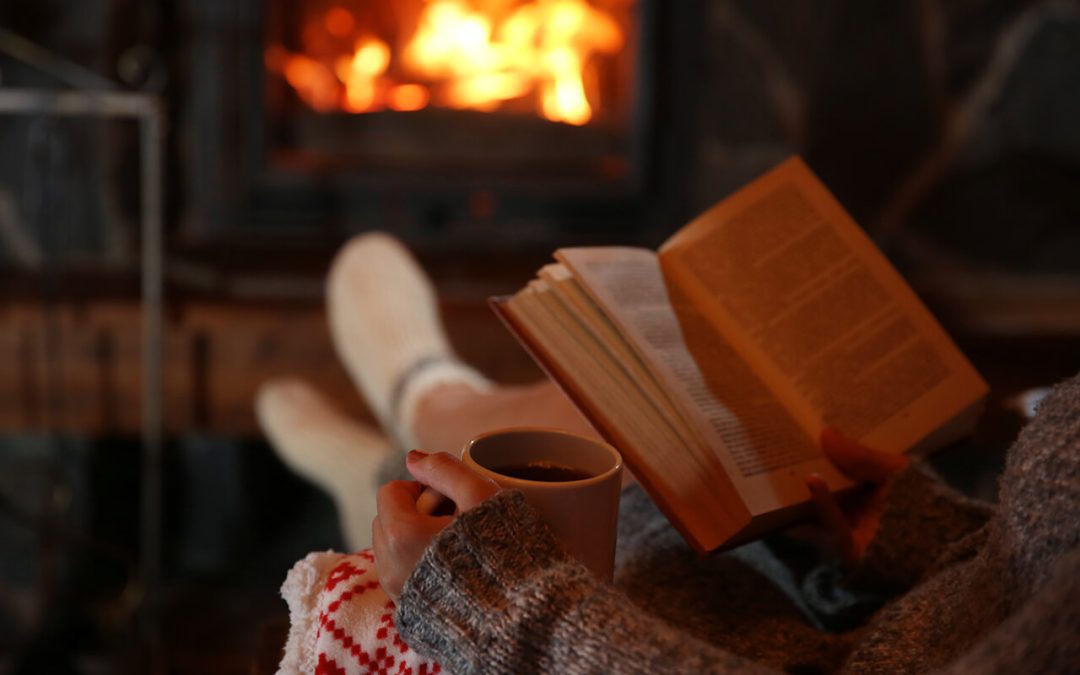More house fires occur during the winter than at other times of the year. Slow-burning chimney fires are especially dangerous because they can smolder undetected for a long period of time. Once a chimney fire grows and spreads, it may result in a total loss of the house. Here are 4 tips for fireplace safety to practice as you begin using your fireplace for the season.
Have Your Chimney Swept and Fireplace Inspected for Fireplace Safety
If you own a fireplace, you should schedule to have it serviced before the cold season hits. Find a professional certified by the Chimney Safety Institute of America. A chimney sweep will remove creosote from the chimney and soot from the firebox, and inspect the fireplace and the chimney. He or she will tell you if there is any damage to the chimney cap, masonry, or other components so that any needed repairs can be made.
Burn the Right Kind of Firewood
Seasoned hardwoods are the only kind of wood you should burn in your fireplace. Softwoods and wood that hasn’t been dried out for at least 6 months contain more moisture and burn slower and cooler. This creates more smoke, which translates to more creosote buildup inside the chimney.
Creosote buildup is the main cause of chimney fires, so you want to prevent it as much as possible. An easy way to do this is by stocking up on seasoned hardwoods at the beginning of winter. Store them in a dry, covered area, away from your house and off the ground.
Have Fireplace Safety Devices in Place
Make sure you have at least one of each of these safety tools before using your fireplace. Check the batteries in detectors and the expiration date on your fire extinguisher. Be sure that your fireplace screen or doors are in good condition.
-
-
- Smoke detectors
- Carbon monoxide alarms
- Fire extinguisher
- Fireplace screen or doors
- Fireproof mat
- Set of sturdy fireplace tools
-
Clear the Hearth Area
Over the warmer months, the fireplace hearth may become a catch-all for books, blankets, and other clutter. Remove everything from in front of and on top of the hearth. Nothing should be close to your fireplace except for the fire tools and a fireproof mat to protect your floor.
District Home Inspection serves Washington D.C. with home inspection services. Contact us to schedule an inspection.

